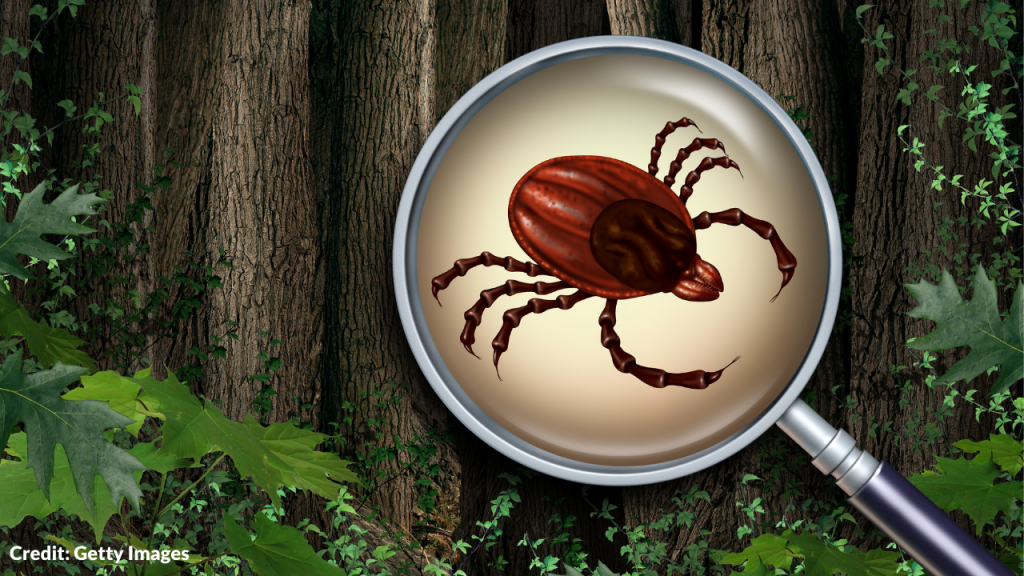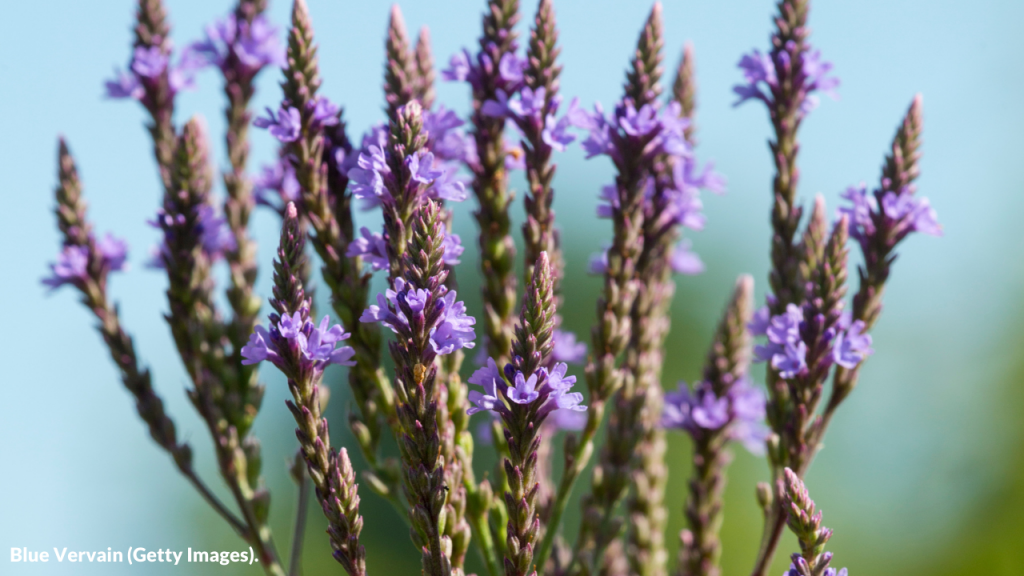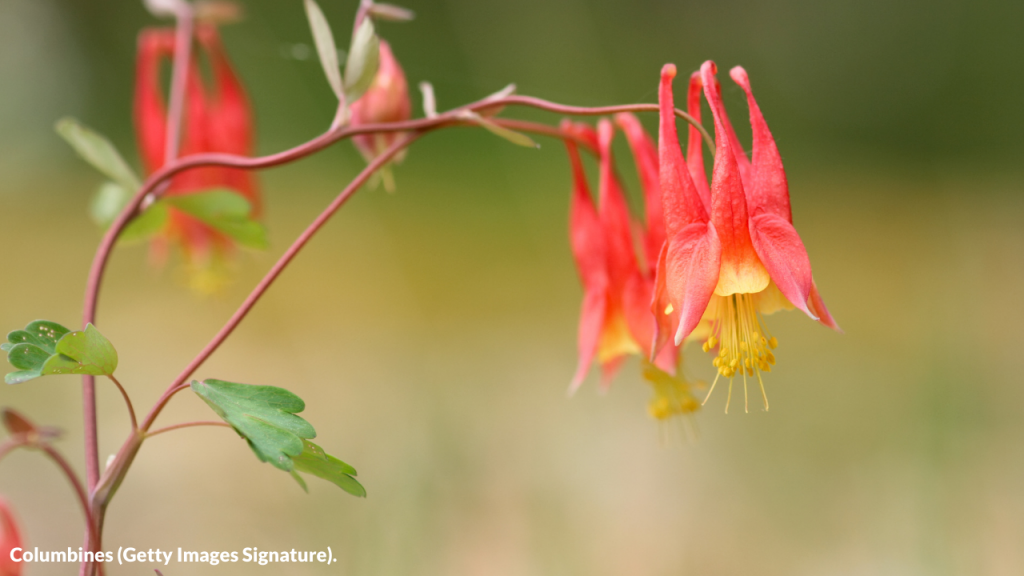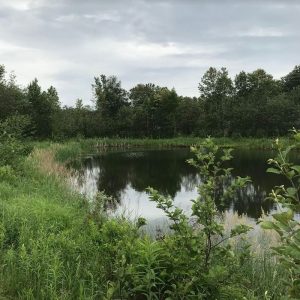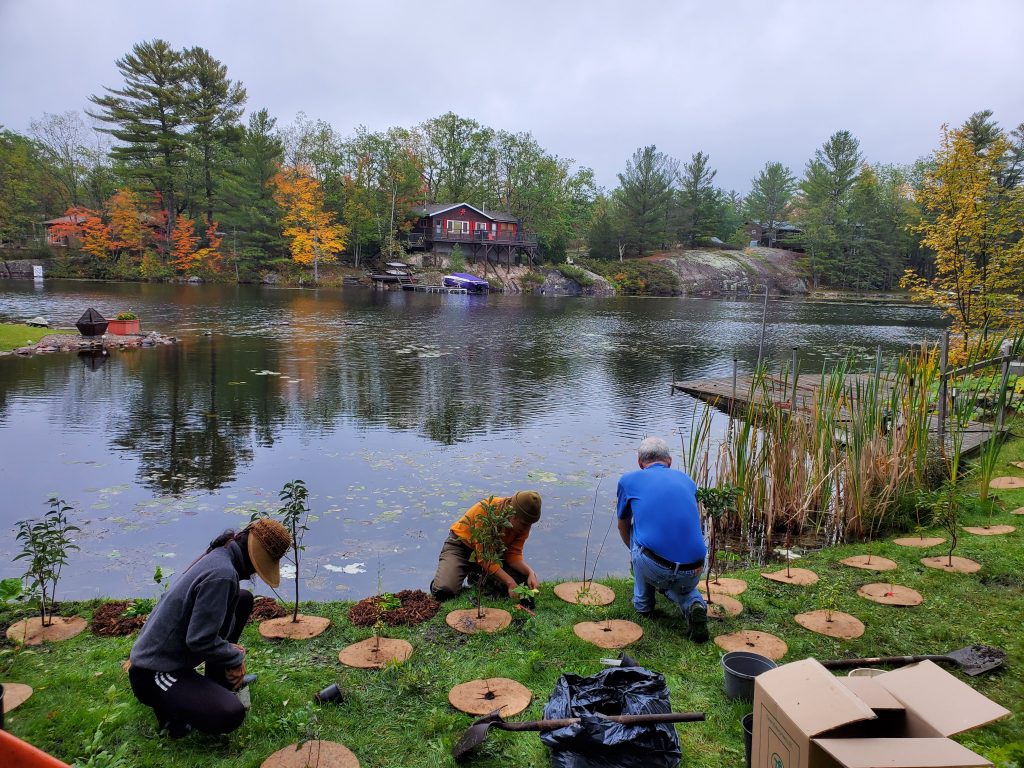The first step in helping your new plantings is ensuring they are properly planted to start. Choose a location for your plant that is best-suited for its entire life-cycle. This includes checking its environmental preferences, for native species check out the Native Plant Database for this info. As well as ensuring the new planting will not need to be transplanted later in its life due to encroachment on pathways, water lines, and electrical wires for example.
There are two main categories of plantings: bare root, and container. Generally, there are three steps to proper planting:
- Ensure the roots of the plant are healthy and able to expand outward when in the ground. This might require trimming of woody roots and/or anything that appears unhealthy.
- Ensure your planting hole is the optimal size. The rule of thumb is for the hole to be 2-3 times the size of the original container or root spread. This ensures the soil surrounding the new plant is aerated and roots can easily move through.
- Ensure you properly backfill/refill the hole once the plant is in the hole. You want to make sure that any chunks of soil are broken up before refilling. In a deeper hole you can consider filling the hole halfway, watering, and then completely filling the hole. This helps ensure moisture is found throughout the soil as well as assists in settling the soil. Avoid tamping the soil down with your feet as this can harm roots and cause compaction which is not good for plant or soil health!
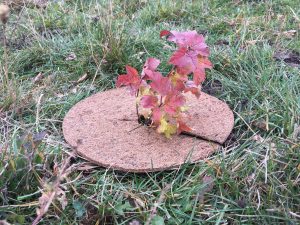
Once your hole is filled, you can consider creating an optional soil berm around the base of the plant to funnel and hold water at the top of the root ball to be absorbed. Be sure not to plant your new planting too deep into the ground. Individual species needs differ. For example, woody plants need soil that is level to the root ball (where root meets trunk) as planting lower than that can cause rot.
Once your plants are in the ground, it is time to really think about how to increase their likelihood of survival. The number one tip echoed by gardeners everywhere is…water! New plantings do not yet have an established root system that helps them get their water requirements from surrounding soils. Water new plantings frequently and thoroughly to avoid creating wilting point conditions. Check watering frequency in accordance with your soil type and plant preference. For example clay-dominant soils will need less frequent water than sand-loam dominant soils. Adding 2-4 inches of mulch around — but not touching the stem — of the plant helps with retaining moisture and preventing competition for growing too close to your new planting. You can also add a hemp fibre mat (pictured above) which can reduce competition from grasses.
If you are trying to keep animals away from your newly planted species, you can use a variety of natural methods to try and keep them away. For the mammals who love a garden salad, a physical barrier like a mesh tent over the planting may be necessary while the plant establishes. For better odds, you can double up the physical barrier with a DIY spray that will not hurt the plant, the pest, or the surrounding environment. There are deer and rabbit-specific repellent recipes, as well as insect-specific repellents. Typically, these mixtures involve common household goods including water, dish soap, garlic, and spicy pepper, making them easy on the wallet and environment!
There is no one way to plant, and no one thing will guarantee plant survival. However, using any of the tips above can help give your new plantings the best chance of growing strong and tall. If you are unsure of where to start, check out our Natural Edge Program for some great (and free!) resources!
***

This blog post is part of an education and engagement series that is generously funded by the RBC Foundation through RBC Tech for Nature, a global, multi-year commitment to support new ideas, technologies, and partnerships to address our most complex environmental challenges. To learn more about Watersheds Canada’s project that is funded through RBC Tech for Nature, please read this media release.


